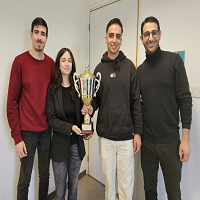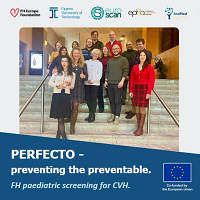 A remote monitoring revolution to pioneer the future of cultural heritage preservation
A remote monitoring revolution to pioneer the future of cultural heritage preservation
In December 2023, the European cultural landscape embarked on a transformative journey with the initiation of the ARGUS project (Non-destructive, scalable, smart monitoring of remote cultural treasures), a beacon of innovation and hope in the preservation of cultural heritage sites. Backed by Horizon Europe, ARGUS is not merely a project; it's a revolutionary approach to safeguarding our shared history through the power of cutting-edge technology and collective action.
Preserving our rich cultural heritage faces a critical challenge: the effective remote monitoring of built heritage assets. Current methods fall short, risking the deterioration of invaluable structures, which are especially threatened by Climatic Changes and human activity. In this context, ARGUS emerges as a ground-breaking beacon of innovation. With a focus on preventive preservation, it pioneers a novel digital twin model, advanced digitisation workflows, multi-scale and multi-modal monitoring approaches, advanced hardware manufacturing and integration techniques, extended visualisations, and AI-powered decision support mechanisms (Figure 1). This ambitious initiative, uniting heritage management with artificial intelligence and cutting-edge technology, promises a transformative leap in heritage preservation, ensuring the longevity of our built treasures. Spanning three years, ARGUS embarks on a mission to redefine heritage preservation.
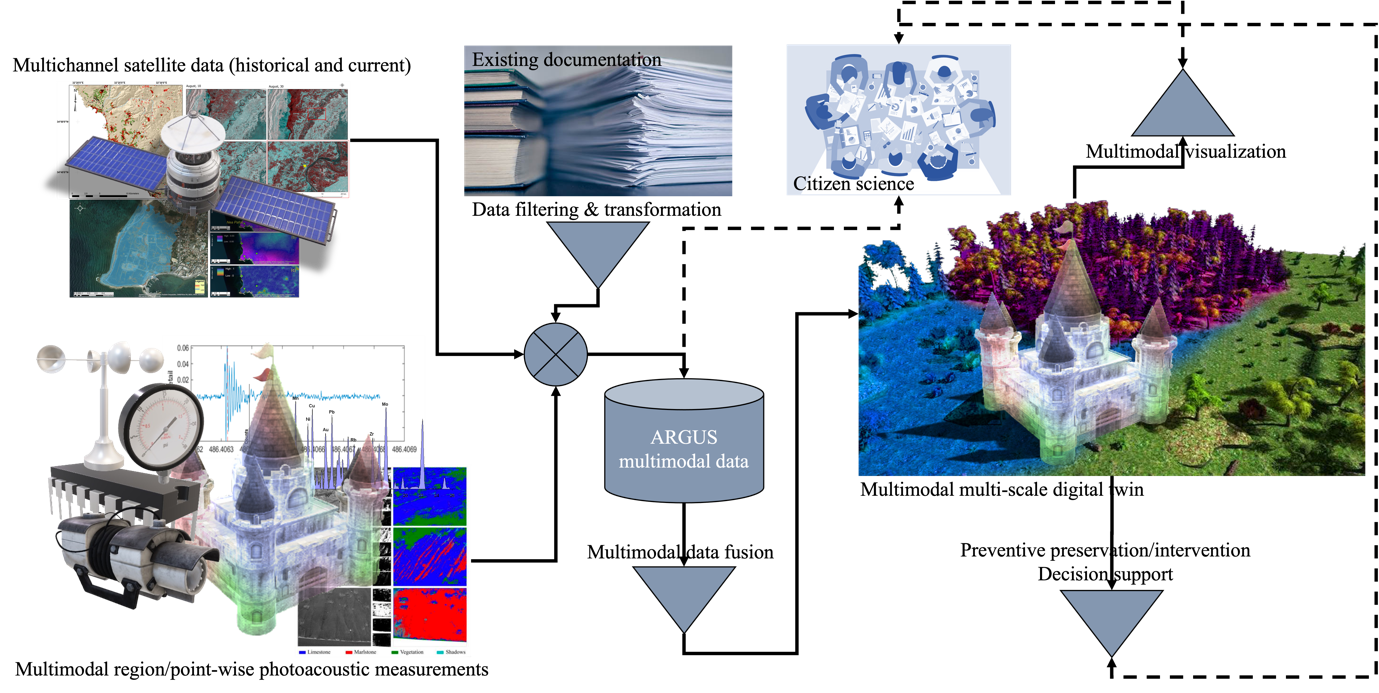 Figure 1. ARGUS’ conceptual framework.
Figure 1. ARGUS’ conceptual framework.
Under the guidance of visionary leaders and a consortium of experts, the project aims to develop smart, scalable solutions for the monitoring and management of cultural sites, making them resilient against present and future challenges. ARGUS’ mission is orchestrated across five thematic pillars, from developing advanced digital and measurement infrastructures to fostering sustainability and engaging communities. By embracing a multi-dimensional strategy, ARGUS aims to establish a new paradigm in heritage preservation, characterized by its preventative, protective, and mitigative strategies.
The technological backbone of ARGUS is its most compelling narrative. By integrating satellite remote sensing, aerial and ground measurements, GIS-based spatial modelling, AI-driven predictive analysis, and immersive realities for digital twins and advanced visualizations, ARGUS is setting new standards in heritage conservation. Targeting researchers, stakeholders, authorities, and the public, ARGUS promises real-time monitoring, long-term analysis, and innovative strategies to safeguard our cultural heritage.
ARGUS is distinguished by its selection of diverse pilot sites, each with its own unique story and conservation challenges (Figure 2). From the ancient site on the sun-kissed island of Delos, Greece, echoing the voices of a distant civilization, to the medieval fortifications of Schenkenberg Castle in Switzerland, standing as silent guardians of history, ARGUS aims to identify the risks and threats and effectively provide protection approaches for these cultural beacons. In the quaint town of Baltanás, Spain, subterranean wine cellars reveal the community's age-old traditions, while Italy's Monti Lucretili and the Abbey of Sant’Antonio di Ranverso offer serene landscapes and spiritual solace, respectively. ARGUS builds and tests on extremely diverse pilot sites targeting to support a wide range of challenges for built heritage preservation.
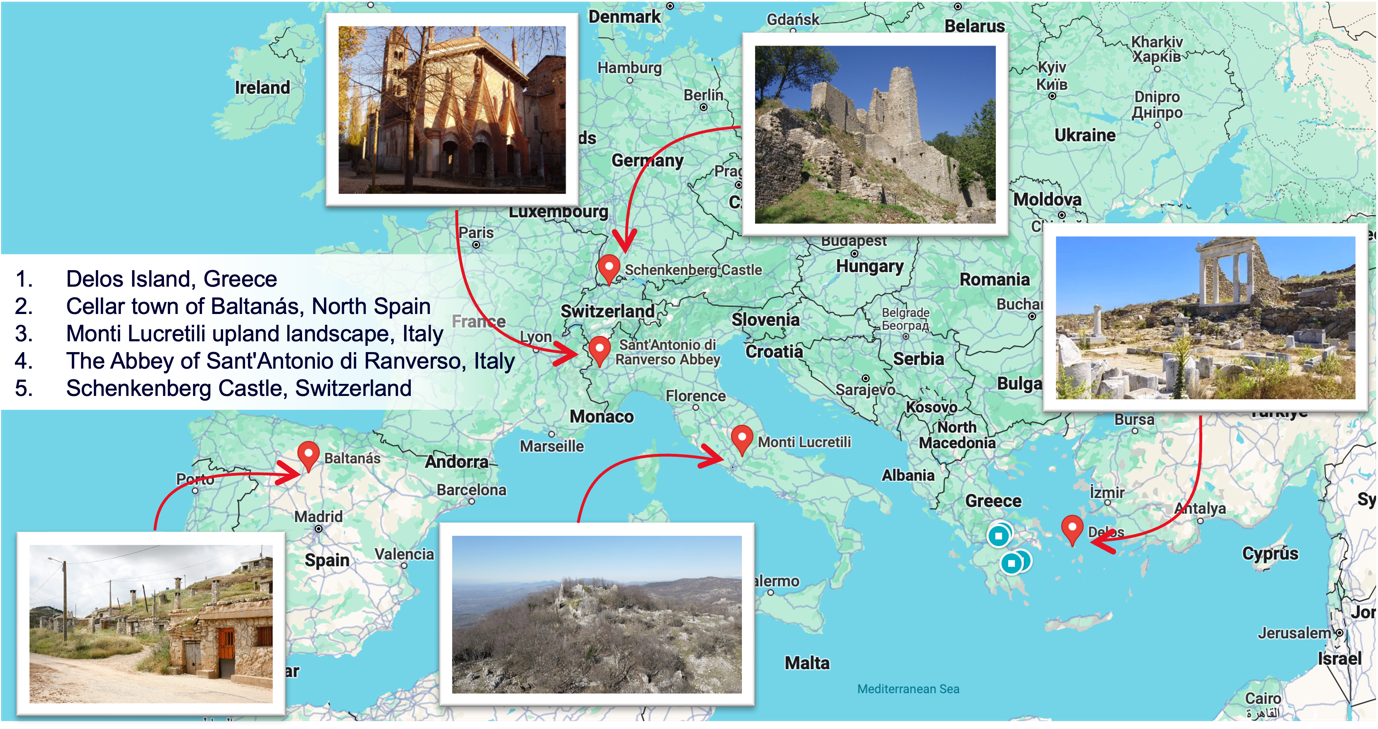 Figure 2. The five pilot sites of ARGUS in Greece, Spain, Italy and Switzerland.
Figure 2. The five pilot sites of ARGUS in Greece, Spain, Italy and Switzerland.
At its core, ARGUS believes in the power of community. Through engaging local stakeholders, from historians and archaeologists to local residents and policymakers, ARGUS is building a collaborative framework for heritage preservation (Figure 3, Figure 4). Upcoming workshops, educational initiatives, and public participation programs are designed to ignite a shared passion for cultural heritage, ensuring that the legacy of ARGUS is carried forward by those who live in the shadow of these historical landmarks.
ARGUS is proud to be standing on the shoulders of esteemed European partners, spanning from academia to private sector, creative industries and stakeholders/conservation agencies. The consortium is coordinated by the Athena Research Centre, and includes the Cyprus University of Technology, the EURECAT Centre Technologic de Catalunya, the University of Cyprus, the Università degli studi Roma Tre, the Spanish National Research Council (CSIC), the Fraunhofer Institute for Applied Information Technology FIT, CORE Innovation Centre, WorldSensing, the Swiss Federal Institute of Technology in Lausanne (EPFL), the Ephorate of Antiquities of the Cyclades, KNEIA S.L. and the The Centro Conservazione e Restauro “La Venaria Reale” (CCR) Foundation. ARGUS builds on strong cross-disciplinary collaboration among participants with high profile in their discipline and a long experience in cooperative work. The project brings together Social Sciences and Humanities, Engineering, and Natural Sciences.
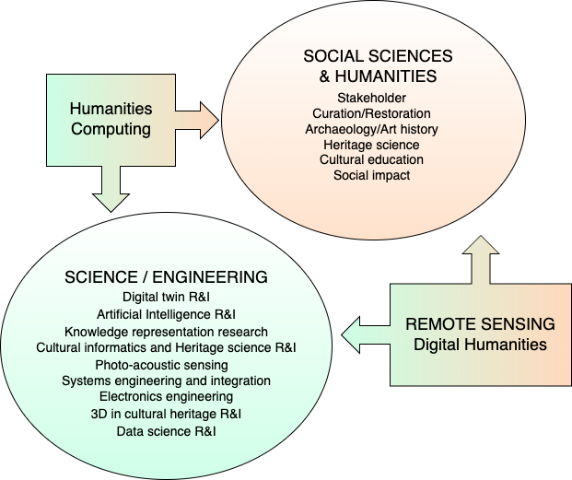
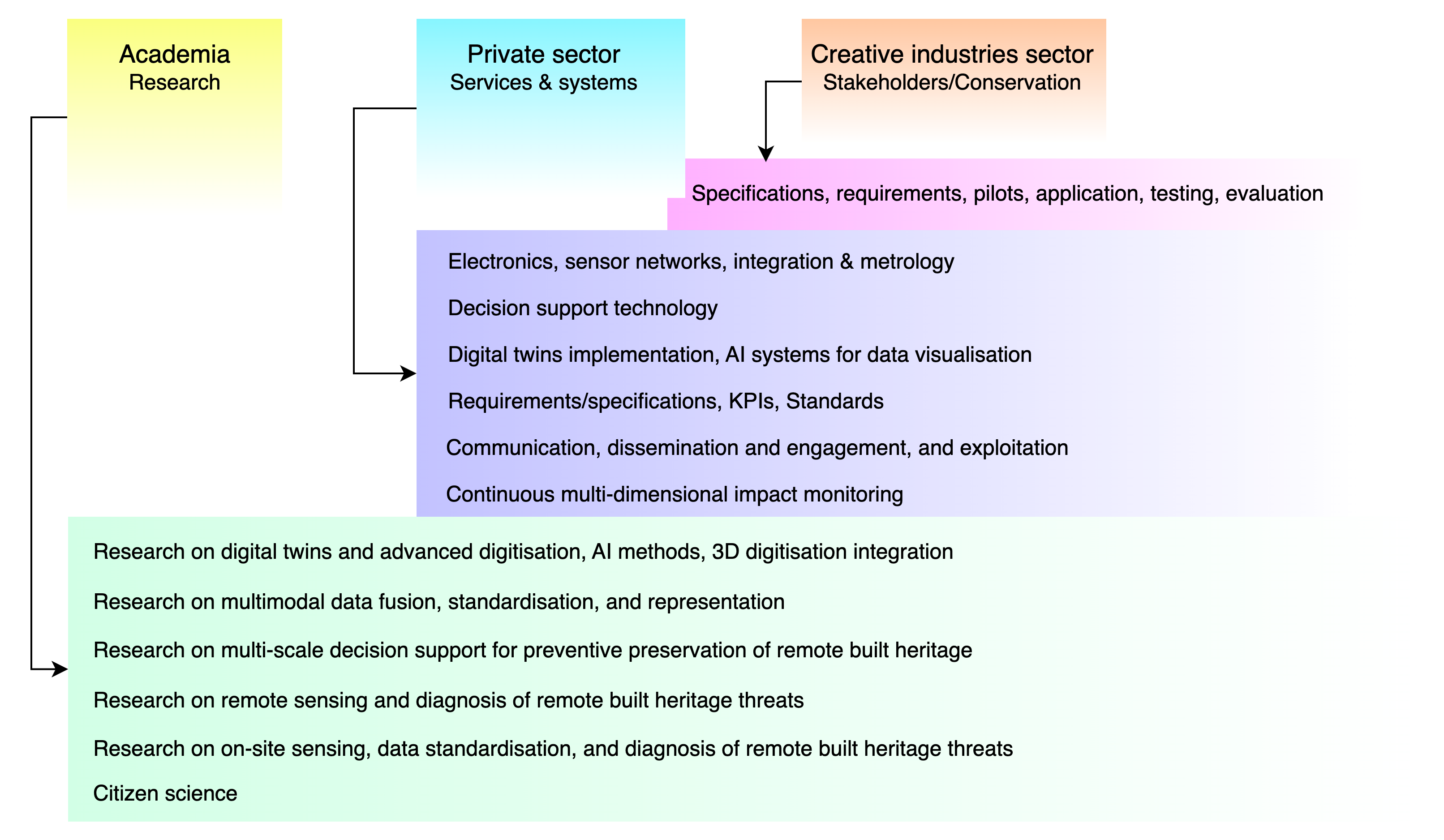
Figure 3. ARGUS scope and collaborative framework
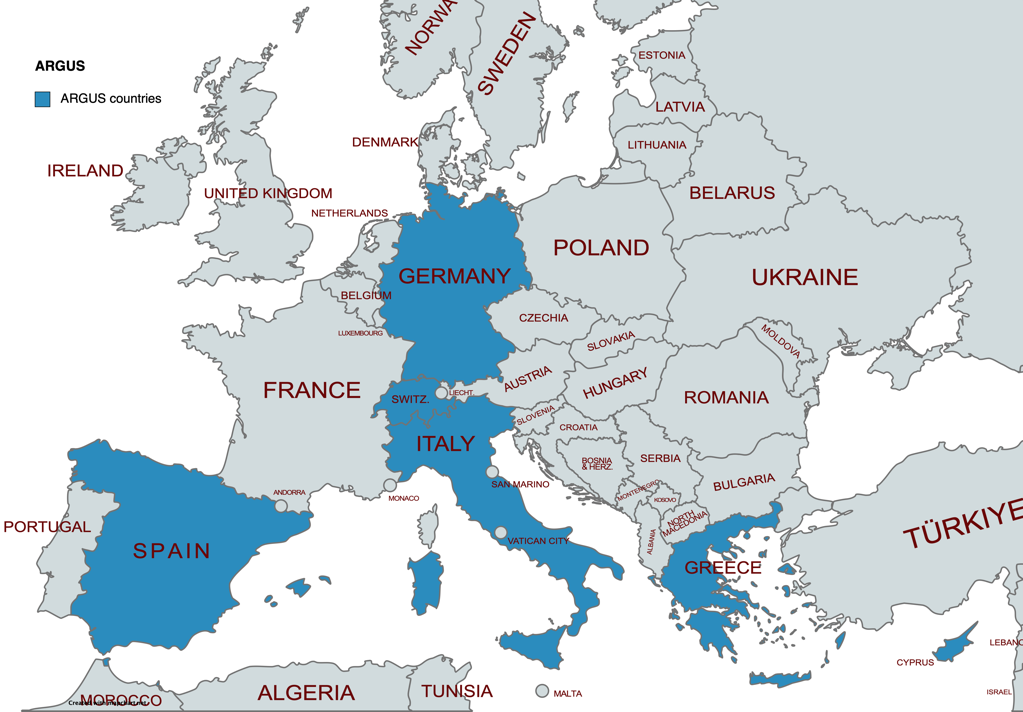 Figure 4. Origin countries of ARGUS partners
Figure 4. Origin countries of ARGUS partners
The launch of ARGUS signals a collective call to action in preserving our cultural legacy. It invites the global community to participate in this monumental effort, promising transparency and collaboration throughout its journey. As the project unfolds, it will share its progress, inviting all to witness the evolution of heritage conservation in the 21st century. As ARGUS navigates the delicate balance between preservation and innovation, it invites the world to join in this critical mission. Through the project's journey, we are reminded of our collective responsibility to safeguard our cultural heritage for future generations. ARGUS is not just preserving sites; it's keeping the stories, traditions, and wisdom of our ancestors alive in the digital age. Stay connected with ARGUS as we unfold the future of cultural heritage preservation, one site at a time. For more information and to be part of this historic endeavor, visit our website and follow our progress. Together, we can protect the legacy of our shared past.
O Α. Αγαπίου ανάμεσα στους κορυφαίους ερευνητές παγκοσμίως με τις περισσότερες αναφορές σχετικά με εφαρμογές Γεωπληροφορικής για την πολιτιστική κληρονομιά
 A remote monitoring revolution to pioneer the future of cultural heritage preservation
A remote monitoring revolution to pioneer the future of cultural heritage preservation
In December 2023, the European cultural landscape embarked on a transformative journey with the initiation of the ARGUS project (Non-destructive, scalable, smart monitoring of remote cultural treasures), a beacon of innovation and hope in the preservation of cultural heritage sites. Backed by Horizon Europe, ARGUS is not merely a project; it's a revolutionary approach to safeguarding our shared history through the power of cutting-edge technology and collective action.
Preserving our rich cultural heritage faces a critical challenge: the effective remote monitoring of built heritage assets. Current methods fall short, risking the deterioration of invaluable structures, which are especially threatened by Climatic Changes and human activity. In this context, ARGUS emerges as a ground-breaking beacon of innovation. With a focus on preventive preservation, it pioneers a novel digital twin model, advanced digitisation workflows, multi-scale and multi-modal monitoring approaches, advanced hardware manufacturing and integration techniques, extended visualisations, and AI-powered decision support mechanisms (Figure 1). This ambitious initiative, uniting heritage management with artificial intelligence and cutting-edge technology, promises a transformative leap in heritage preservation, ensuring the longevity of our built treasures. Spanning three years, ARGUS embarks on a mission to redefine heritage preservation.
 Figure 1. ARGUS’ conceptual framework.
Figure 1. ARGUS’ conceptual framework.
Under the guidance of visionary leaders and a consortium of experts, the project aims to develop smart, scalable solutions for the monitoring and management of cultural sites, making them resilient against present and future challenges. ARGUS’ mission is orchestrated across five thematic pillars, from developing advanced digital and measurement infrastructures to fostering sustainability and engaging communities. By embracing a multi-dimensional strategy, ARGUS aims to establish a new paradigm in heritage preservation, characterized by its preventative, protective, and mitigative strategies.
The technological backbone of ARGUS is its most compelling narrative. By integrating satellite remote sensing, aerial and ground measurements, GIS-based spatial modelling, AI-driven predictive analysis, and immersive realities for digital twins and advanced visualizations, ARGUS is setting new standards in heritage conservation. Targeting researchers, stakeholders, authorities, and the public, ARGUS promises real-time monitoring, long-term analysis, and innovative strategies to safeguard our cultural heritage.
ARGUS is distinguished by its selection of diverse pilot sites, each with its own unique story and conservation challenges (Figure 2). From the ancient site on the sun-kissed island of Delos, Greece, echoing the voices of a distant civilization, to the medieval fortifications of Schenkenberg Castle in Switzerland, standing as silent guardians of history, ARGUS aims to identify the risks and threats and effectively provide protection approaches for these cultural beacons. In the quaint town of Baltanás, Spain, subterranean wine cellars reveal the community's age-old traditions, while Italy's Monti Lucretili and the Abbey of Sant’Antonio di Ranverso offer serene landscapes and spiritual solace, respectively. ARGUS builds and tests on extremely diverse pilot sites targeting to support a wide range of challenges for built heritage preservation.
 Figure 2. The five pilot sites of ARGUS in Greece, Spain, Italy and Switzerland.
Figure 2. The five pilot sites of ARGUS in Greece, Spain, Italy and Switzerland.
At its core, ARGUS believes in the power of community. Through engaging local stakeholders, from historians and archaeologists to local residents and policymakers, ARGUS is building a collaborative framework for heritage preservation (Figure 3, Figure 4). Upcoming workshops, educational initiatives, and public participation programs are designed to ignite a shared passion for cultural heritage, ensuring that the legacy of ARGUS is carried forward by those who live in the shadow of these historical landmarks.
ARGUS is proud to be standing on the shoulders of esteemed European partners, spanning from academia to private sector, creative industries and stakeholders/conservation agencies. The consortium is coordinated by the Athena Research Centre, and includes the Cyprus University of Technology, the EURECAT Centre Technologic de Catalunya, the University of Cyprus, the Università degli studi Roma Tre, the Spanish National Research Council (CSIC), the Fraunhofer Institute for Applied Information Technology FIT, CORE Innovation Centre, WorldSensing, the Swiss Federal Institute of Technology in Lausanne (EPFL), the Ephorate of Antiquities of the Cyclades, KNEIA S.L. and the The Centro Conservazione e Restauro “La Venaria Reale” (CCR) Foundation. ARGUS builds on strong cross-disciplinary collaboration among participants with high profile in their discipline and a long experience in cooperative work. The project brings together Social Sciences and Humanities, Engineering, and Natural Sciences.


Figure 3. ARGUS scope and collaborative framework
 Figure 4. Origin countries of ARGUS partners
Figure 4. Origin countries of ARGUS partners
The launch of ARGUS signals a collective call to action in preserving our cultural legacy. It invites the global community to participate in this monumental effort, promising transparency and collaboration throughout its journey. As the project unfolds, it will share its progress, inviting all to witness the evolution of heritage conservation in the 21st century. As ARGUS navigates the delicate balance between preservation and innovation, it invites the world to join in this critical mission. Through the project's journey, we are reminded of our collective responsibility to safeguard our cultural heritage for future generations. ARGUS is not just preserving sites; it's keeping the stories, traditions, and wisdom of our ancestors alive in the digital age. Stay connected with ARGUS as we unfold the future of cultural heritage preservation, one site at a time. For more information and to be part of this historic endeavor, visit our website and follow our progress. Together, we can protect the legacy of our shared past.
 A remote monitoring revolution to pioneer the future of cultural heritage preservation
A remote monitoring revolution to pioneer the future of cultural heritage preservation Figure 1. ARGUS’ conceptual framework.
Figure 1. ARGUS’ conceptual framework. Figure 2. The five pilot sites of ARGUS in Greece, Spain, Italy and Switzerland.
Figure 2. The five pilot sites of ARGUS in Greece, Spain, Italy and Switzerland.

 Figure 4. Origin countries of ARGUS partners
Figure 4. Origin countries of ARGUS partners